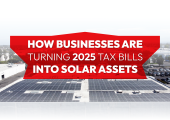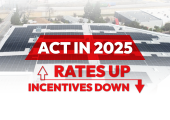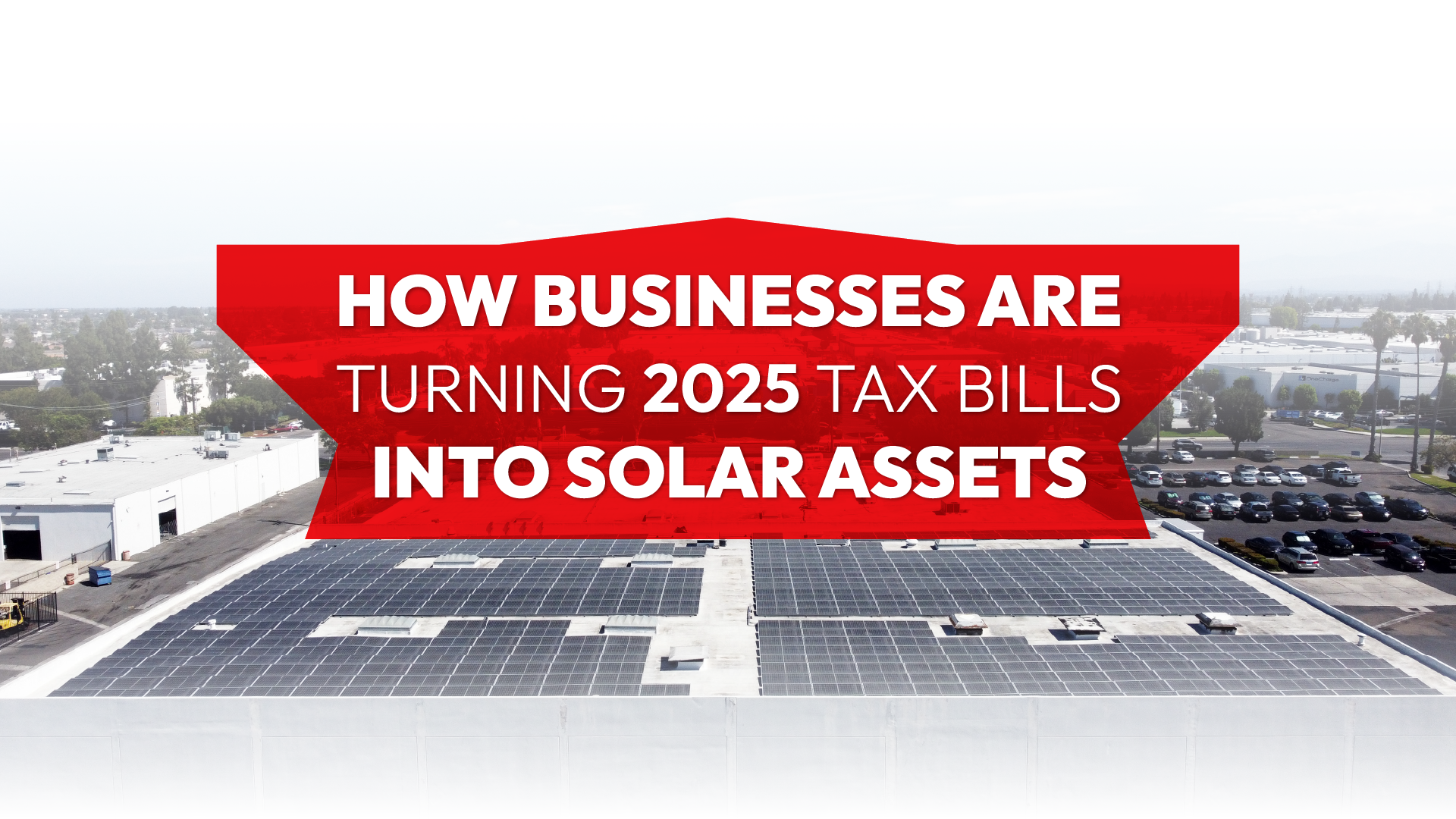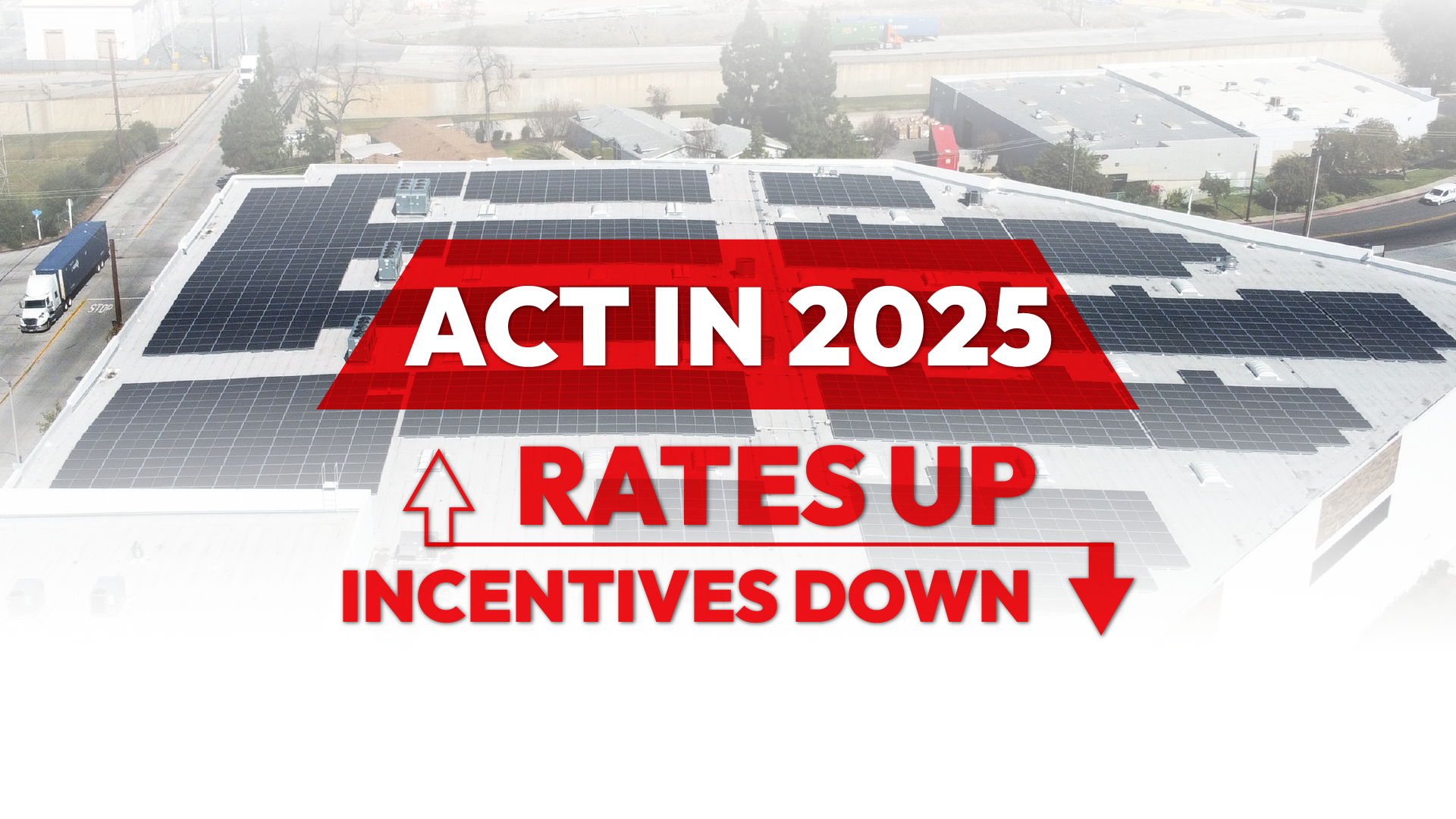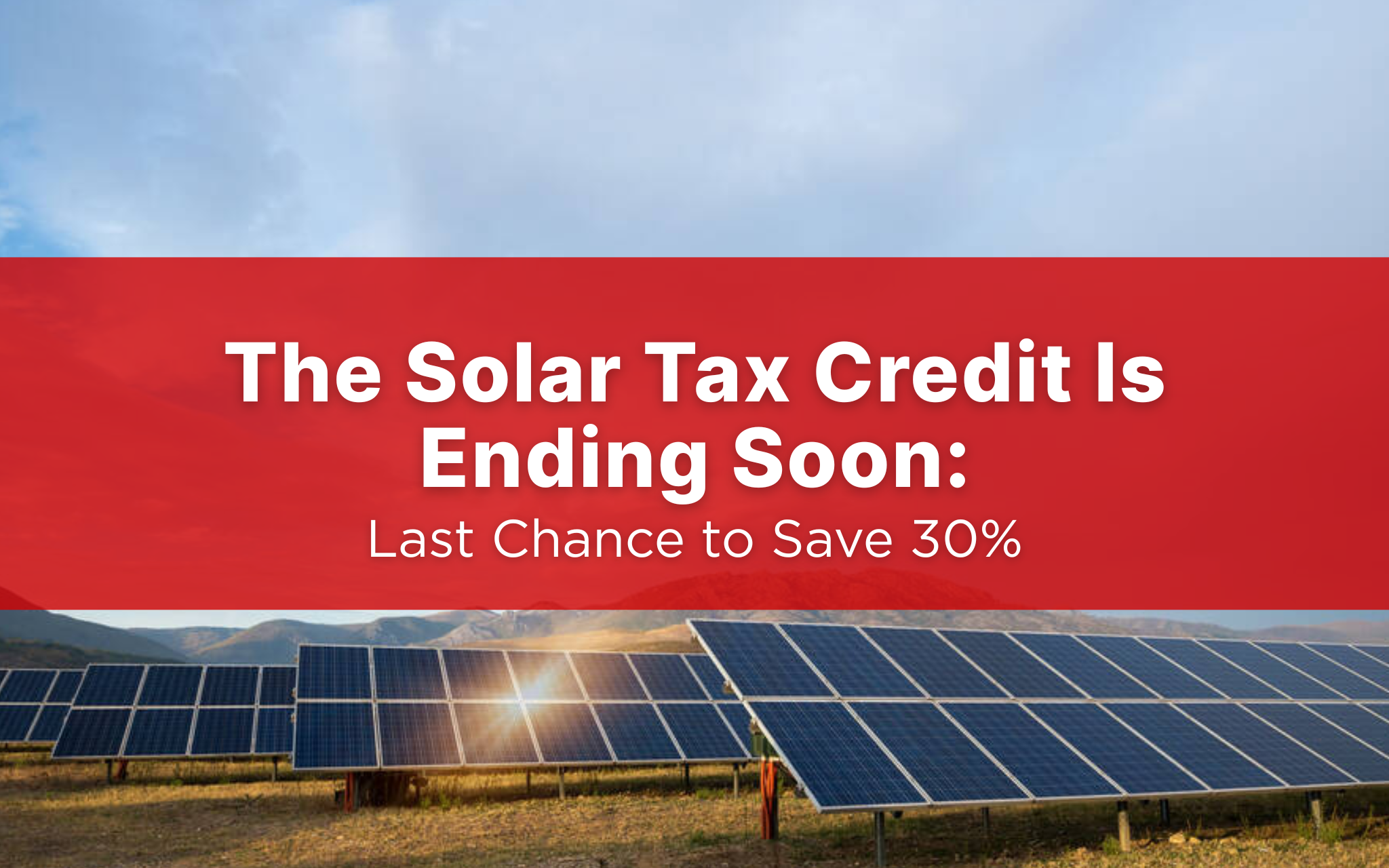The bankruptcy of Pacific Gas & Electric, California’s biggest utility, is reason to give pause. Many people are asking what effects, if any, this will have on consumers. The answer is particularly important for high-use consumers, especially California businesses.
The Situation
In the past few years, PG&E has come under increasing scrutiny for the role that sparking powerlines may have played in causing wildfires, with over 5,600 people suing the company over their culpability in the blazes. This fraught environment is the background of what now stands as the biggest Chapter 11 bankruptcy proceedings in U.S. history, to date. On one hand, the impending restructuring of the company poses an opportunity for the overall reorganization of the California utility landscape, hopefully in a way that is more consumer-friendly. On the other hand, the turmoil may end up foisting a majority of the bill on the consumer, in the form of higher utility charges. But before we consider what’s likely for the future, let’s review what has happened in the past.
The History
PG&E has seen financial troubles before. In 2001, in the middle of California’s energy crisis, the utility was forced to file Chapter 11 to make ends meet. PG&E escaped with its reputation intact; the only real legacy from that episode is the bill that customers were stuck with. PG&E customers can still see a line item on their bill: DWR Bond Charge. A big portion of that bankruptcy was, and still is, being paid back by the consumer.
Going Forward
Naturally, utility companies can’t just raise their rates as they see fit; the California Public Utilities Commission is the regulating body that must approve rate hikes. To help them through their financial troubles, PG&E had already requested an increase over 6.4 percent in its rates for 2020. But even if the raise goes through, it’s unclear if this amount will be enough to cover the utility’s liabilities. If the example of 2001 tells us anything, it’s that consumers will end up shouldering some of the burden brought on by the bankruptcy. This assumption is even further bolstered by the passing of senate bill 901 in 2018, which gave a green light for utilities to transfer some of the costs of wildfire damage to consumers in the form of rate hikes. In summary, the bankruptcy of PG&E does not spell cheaper utilities. If anything, we can only expect rates to rise.
What about Solar?
All this turmoil points to one attractive alternative: solar energy. From a simple rate perspective, no matter where you are, adding solar will save you from being subject to the brunt of any rate hikes that are on the horizon. That’s because a solar PV unit generates energy on-site, freeing consumers from the grid. In addition, based on your situation, a solar power agreement with your local utility can enable you to lock in rates, and shield you from rate hikes when they do happen.
No matter how you slice it, consumers are in this together with PG&E. With rate hikes on the horizon, companies considering solar would do well to make 2019 the year to switch. Contact Revel Energy now to learn how your business can save.

